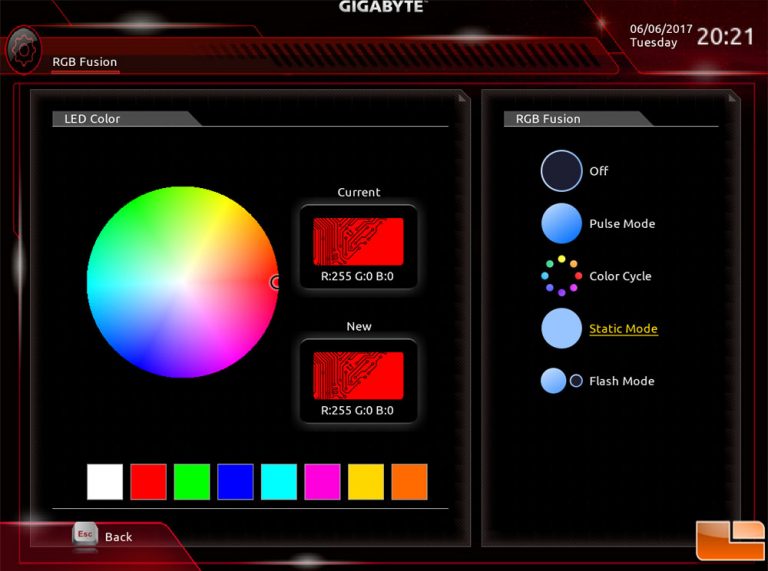

- #Uefitool gigabyte how to#
- #Uefitool gigabyte update#
- #Uefitool gigabyte Patch#
- #Uefitool gigabyte software#
- #Uefitool gigabyte series#
#Uefitool gigabyte Patch#
The next step is to patch the SMBus PE32 section file. Right-click on the “PE32 image section” and select “Extract as is…” to save it to file.ĭo not close UEFITool since you will need it to perform the final step. Double click on the “Unicode text "SmBusPei" found in User interface section at offset 0h” string to open the found node in the modules tree. UEFITool should find a module that contains PE32 image with routines for SMBus Host Controller initialization. Activate the “Text” tab and enter “SmBusPei” without quotes to find this entrance. From the “File” main menu select “Search…” to call the Search dialog box. In this case you can use a simple utility of HxD.Īfter running UEFITool, go to the “File” main menu and select “Open image file…” to open your downloaded BIOS firmware file. Keep in mind that any attempt to lunch QView on 64-bit Windows fails. But this tool is good at disassembling which we need to examine BIOS code. You can use any other HEX editor if you are not familiar with QView. Also, we will use UEFITool 0.20.4 utility to edit BIOS sections and QView 2.90 file editor for viewing and patching extracted BIOS section files.
#Uefitool gigabyte update#
OK, we have downloaded the latest BIOS update file for the ASUS H97-PRO Gamer motherboard for our experiment. So, our goal is to modify BIOS firmware the way it does not set bit 4 of the HOSTC register. Unfortunately, our investigations confirmed that the bit is set by BIOS again once the hard reset has been initiated.
#Uefitool gigabyte software#
The PCH asserts PLTRST# during power-up and when software initiates a hard reset sequence through the Reset Control register (I/O port CF9h). The PCH asserts this signal to reset devices on the platform (such as SIO, FWH, LAN, processor, and so on). This bit can be cleared by on PLTRST# assertion only. ASUS, MSI, Biostar and other motherboard manufacturers meet this requirement, although ASRock, for example, does not protect SPD from programming within BIOS firmware. According to the bit description it should be set to “1”.
#Uefitool gigabyte series#
So, if we open the Intel 8 Series PCH datasheet (public edition) on page 667 we will find that the Host Configuration Register (HOSTC) of the SMBus Controller uses bit 4 called “SPD Write Disable” that was previously reserved. The only working solution is to modify BIOS.

Unfortunately, software can’t temporarily bypass this restriction in Windows session. In some cases it was the only way to increase the memory bandwidth on notebooks. This means Intel does not want SPD to be programmed any more. The “SPD Write Disable” feature is implemented within Intel 9 Series Chipset Family PCH and X99 Chipset PCH as well. Now writes to SMBus addresses 50h - 57h are disabled by default via SMBus Host Controller registers.

With release of 8 Series/C220 Series Chipset Family Platform Controller Hub (PCH) Intel introduce a great surprise for all of us.
#Uefitool gigabyte how to#


 0 kommentar(er)
0 kommentar(er)
